Pirelli: The Indian Grand Prix from a tire point of view
IP Zero Silver and P Zero Yellow challenge India's high temperatures

Formula One is preparing to land in India for the second time next weekend and, like last year, Pirelli will bring the P Zero Silver hard and P Zero Yellow soft combination. However, the compounds are softer than last year's solutions; if we add to this greater knowledge of the circuit and a greater quantity of data available, the choice made by Pirelli is less conservative than last season.
Unlike the last Grand Prix, in Korea where Pirelli took to the track with its softer compounds, the Indian circuit subjects the tires to greater stress. This is due to some factors, starting from high temperatures that exceed 30 degrees centigrade. The layout of the track, then, features several fast corners that discharge strong lateral energy onto the tires: in particular in turn 10, similar to the famous turn 8 of the Turkish GP. The left front tire is subjected to an acceleration of 4g at corner exit, where maximum grip is required to maintain the line, but the cornering tires are also subjected to a full lateral load for six seconds, which increases their 'usury. In particular, at the beginning of the lap there are notable differences in height which exert vertical forces on the tyres, to which is added a braking force of 3.6g in turn 4. The main straight, which measures more than a kilometre, is one of the longest of the 'year: tread temperatures can reach 100 degrees centigrade during the lap and then cool considerably at the end of the straight.
Since the circuit is not used much during the year, a high level of evolution of the track is expected during the race weekend. A dirty track causes excessive skidding as the cars try to maintain grip: this increases tire wear. In general, however, there is limited degradation, since the surface of the Buddh Circuit is quite smooth.
The comment of the Pirelli Motorsport director:
Paul Hembery: “Last year, there was an incredible atmosphere at the Indian Grand Prix with an extremely warm welcome, so we can't wait to go back. This year we know the track a little more, which is why we made a less conservative choice, with the hard and soft tires that strike exactly the right balance between performance and durability. The circuit layout is one of the most difficult for our tyres; this is also the last time we will see, this season, the hard and soft combination, previously used in Barcelona, Great Britain and Japan. The Buddh Circuit has been specifically designed to encourage overtaking, and this is also one of the objectives behind the design of our tires, so we can expect a close race at a crucial moment in the Championship."
The man behind the wheel:
Narain Karthikeyan, HRT: “Last year the tire choice was understandably a little conservative, but with the slightly softer 2012 compounds and a fantastic track condition, the situation could be different this year. The layout has a great mix of features and is challenging for the tyres, as there are very few non-challenging corners, apart from Turn 1 and, perhaps, the final one. If you're impatient with the throttle, exiting Turn 3 in first gear can stress the rear tires. At turns 5-6 you steer and accelerate simultaneously, reaching the limits of the track. There are a couple of direction changes in fifth gear, with S-bends 8-9 and 13-14 taken at over 200km/h. Finally there is the very long turn 10, in which you steer for over six seconds while the minimum cornering speed is just under 200 km per hour and subjects the front left of the tires to enormous energy. Overall, it's a fairly challenging lap but, as the surface is non-abrasive, tire wear shouldn't be an issue. We'll have to wait until Friday's free practice sessions to find out what we can expect from both compounds. The goal is to see how the softs perform with a full fuel load. Obviously for me this is the most awaited race on the calendar, and there is already great curiosity around the event, given that the Championship is still open, I hope that all F1 drivers and employees can savor the Indian experience ”.
The Pirelli test driver said:
Jaime Alguersuari: “I believe the Buddh Circuit layout is one of the best in Formula One, and also one of the toughest on the tyres, with its combination of slow, fast corners and long straights. I have excellent memories of this track: last year I finished eighth after a good qualifying. Then there are quite unusual corners: for example, there is a chicane right at the end of the lap that you take in fifth gear, and this doesn't happen often. What puts the most strain on the tires on the Indian circuit is the presence of very long corners, so there is a permanent lateral load on the tyres, combined with the many changes in direction. This track requires the maximum possible grip, and there can be a risk of graining if the tires are not managed as well as possible. The choice to bring hard and soft tires was a good one - the hard ones will be excellent for the race - and I believe that a one-stop strategy cannot be ruled out if the tires are managed correctly."
Technical notes on tyres
• Last year the performance gap between the two nominated compounds was around two seconds per lap; this year the gap should be much smaller and thus allow the drivers to be able to contest Q1 on hard tyres.
• The asphalt at the Buddh Circuit was brand new last season, but in a year the characteristics of the track may have evolved. A new circuit gradually releases oils into the asphalt, which forms a slippery layer on the track surface. Over time, however, this film gradually disappears, ensuring more grip and making the asphalt more abrasive.
• The pit lane in India is one of the longest in Formula One, at around 600 metres. This leads to a relatively significant loss of time when stopping in the pits: a determining factor for the purposes of the race strategy.
if you want to always be updated on our news
Follow us here

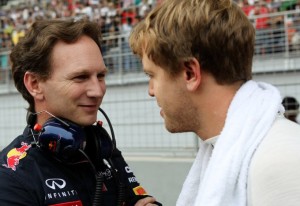
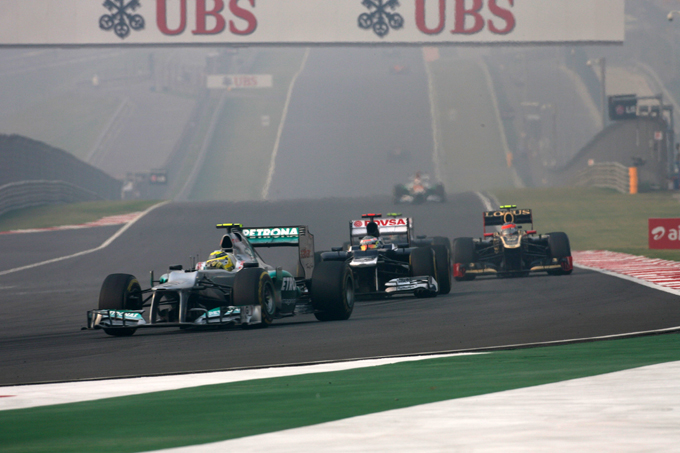

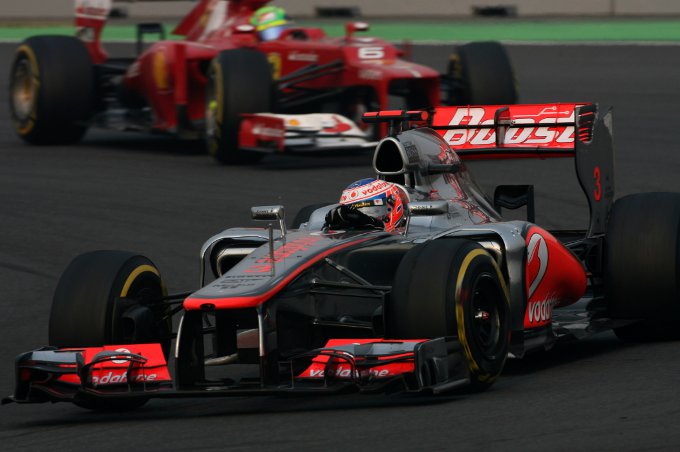

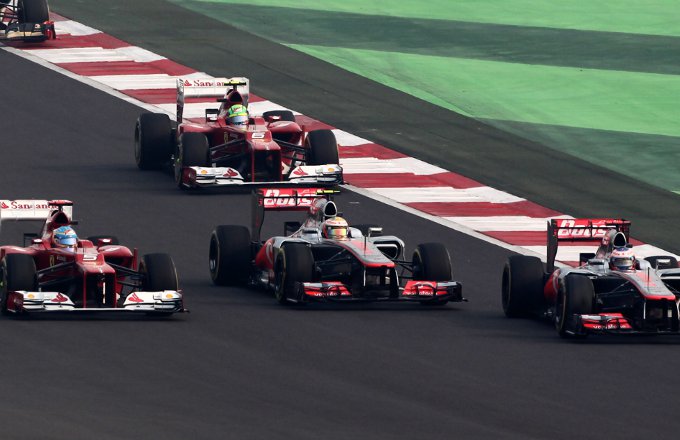

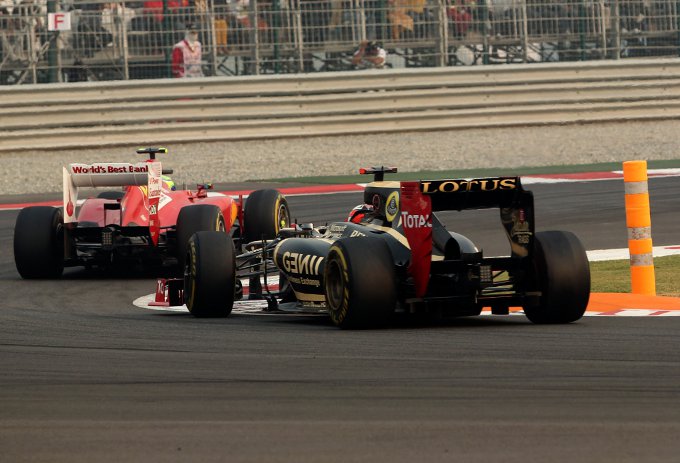
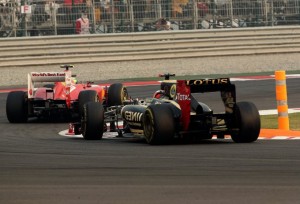
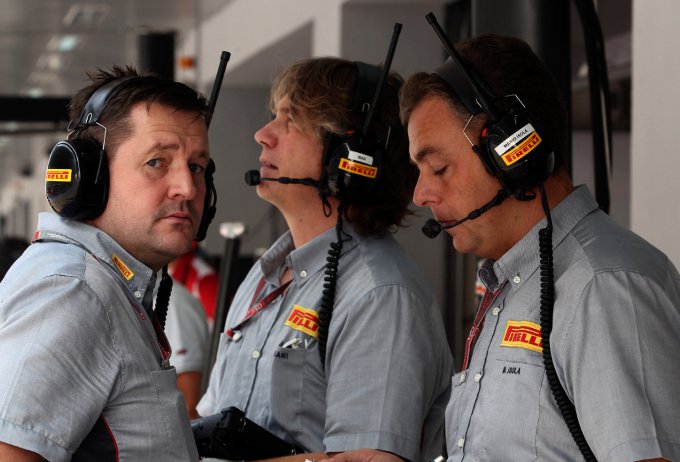
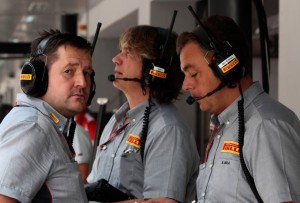
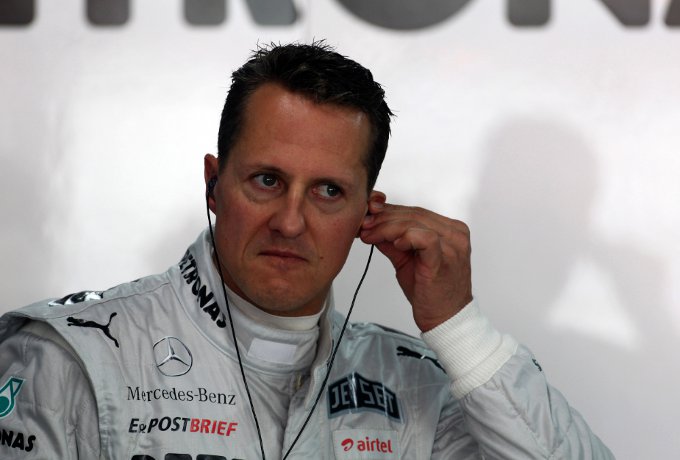
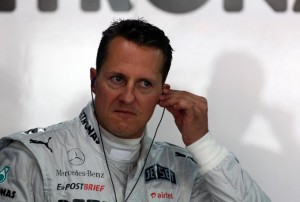
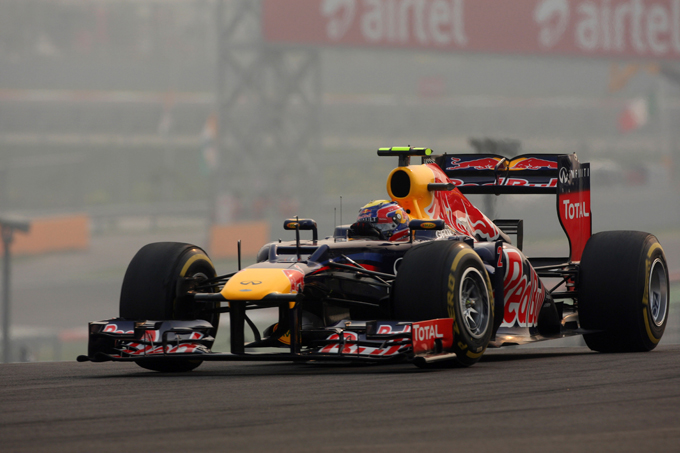


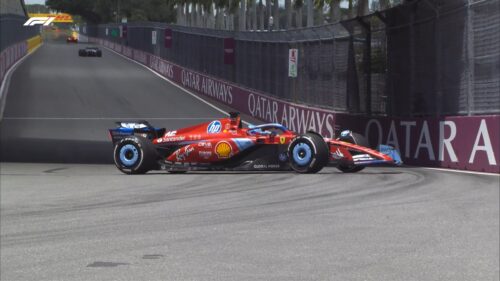
![F1 | GP Miami, a mix of slow and fast corners: Matteo Bobbi's analysis [VIDEO]](https://f1grandprix.motorionline.com/wp-content/uploads/2024/05/f1-gp-miami-bobbi-1024x548.jpg)
![F1 | GP Miami, a mix of slow and fast corners: Matteo Bobbi's analysis [VIDEO]](https://f1grandprix.motorionline.com/wp-content/uploads/2024/05/f1-gp-miami-bobbi-500x268.jpg)
![F1 | Newey-Ferrari, the point on the negotiations in view of the GP in Miami [VIDEO]](https://f1grandprix.motorionline.com/wp-content/uploads/2024/05/f1-gp-miami-newey-ferrari-1024x566.jpg)
![F1 | Newey-Ferrari, the point on the negotiations in view of the GP in Miami [VIDEO]](https://f1grandprix.motorionline.com/wp-content/uploads/2024/05/f1-gp-miami-newey-ferrari-500x276.jpg)









